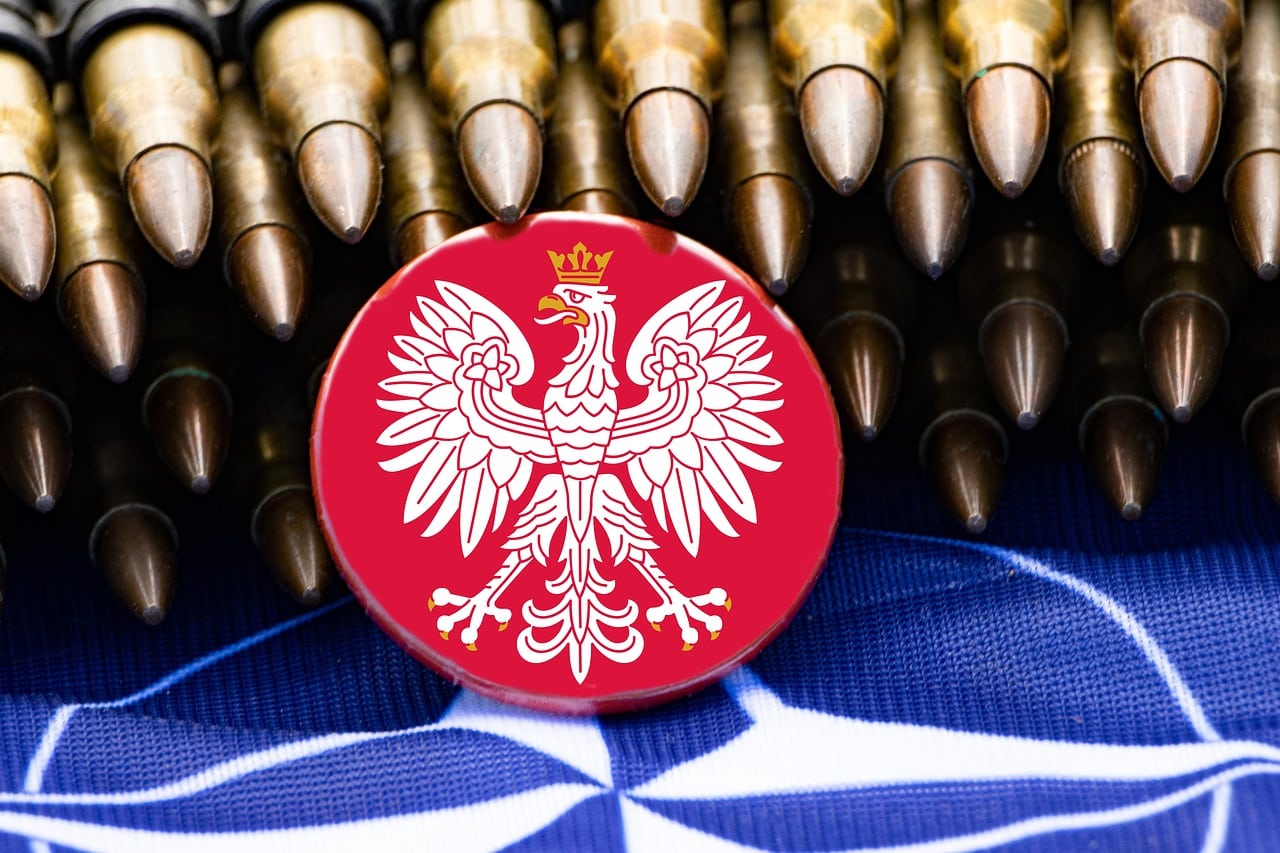NATO has modernized the Polish Army in terms of organization and structure, as well as mentally and educationally. The army before NATO was focused on the autocratic management of a commander who always knew best and had to handle everything personally. Today, it is a completely different army. Now, each soldier knows their responsibilities and what they have to do – and each makes decisions within their competence – of course, in accordance with the guidelines of the superior’s decisions. Nowadays, a soldier thinks very independently and bears independent responsibility. The absence of fear of responsibility is the greatest progress of joining NATO. This is a mental and qualitative change. Today, soldiers are not afraid that something will not work out during exercises. Nobody is afraid of the consequences that will be imposed on him – because the principle of “lesson learned” applies. Only making mistakes can give any positive result. An example of an archaic army is, for example, the operation of the Russian army. NATO armies, on the other hand, are characterized by continuous improvement, fault-finding, and development. This is what NATO is.
“Currently, Poland is celebrating the 25th anniversary of joining NATO. I remember that day exactly, because at that time I was serving as an OSCE observer in Croatia, and a retired veteran of the American army, a colonel, congratulated me on joining NATO, welcoming me and congratulating me with such words: ‘Maciej, welcome to the NATO family!'” said Maciej Matysiak, an expert of the Stratpoints Foundation and lecturer at ANS Gniezno, to eNewsroom.pl. “I exactly remember the accession process of gradual entry. It was not that one day Poland was not, the next day it was, and nothing happened before. Of course, ‘Partnership for Peace’ programs had functioned earlier, which were to bring Poland closer to NATO. We implemented regulations, procedures, English language for soldiers – because we had to communicate. Today we can say ‘We are NATO, we are NATO’. Over these 25 years, Poland has changed dramatically. The Polish structure is mentally adapted to NATO structures – because this is a change of at least 2-3 generations of people who started in the army, like me. Today, they are generals, young officers, who do not think in categories as it was before – because NATO was always there. Someone who joined the army at the age of 20 does not know any other Polish army than the NATO army. It is obvious that NATO structures are our structures. We participate in exercises, in enterprises – such as missions abroad – and we know what planning is, we have international subunits, for example in Szczecin, in Elbląg, in Lublin. However, we still have remnants – even equipment-wise, but luckily not much,” assesses Matysiak.
